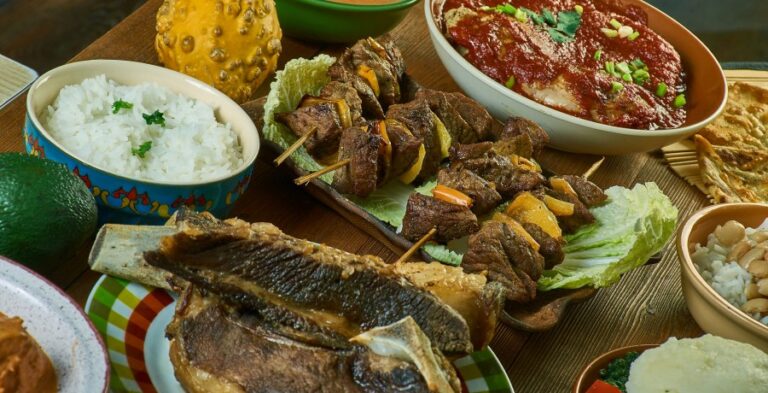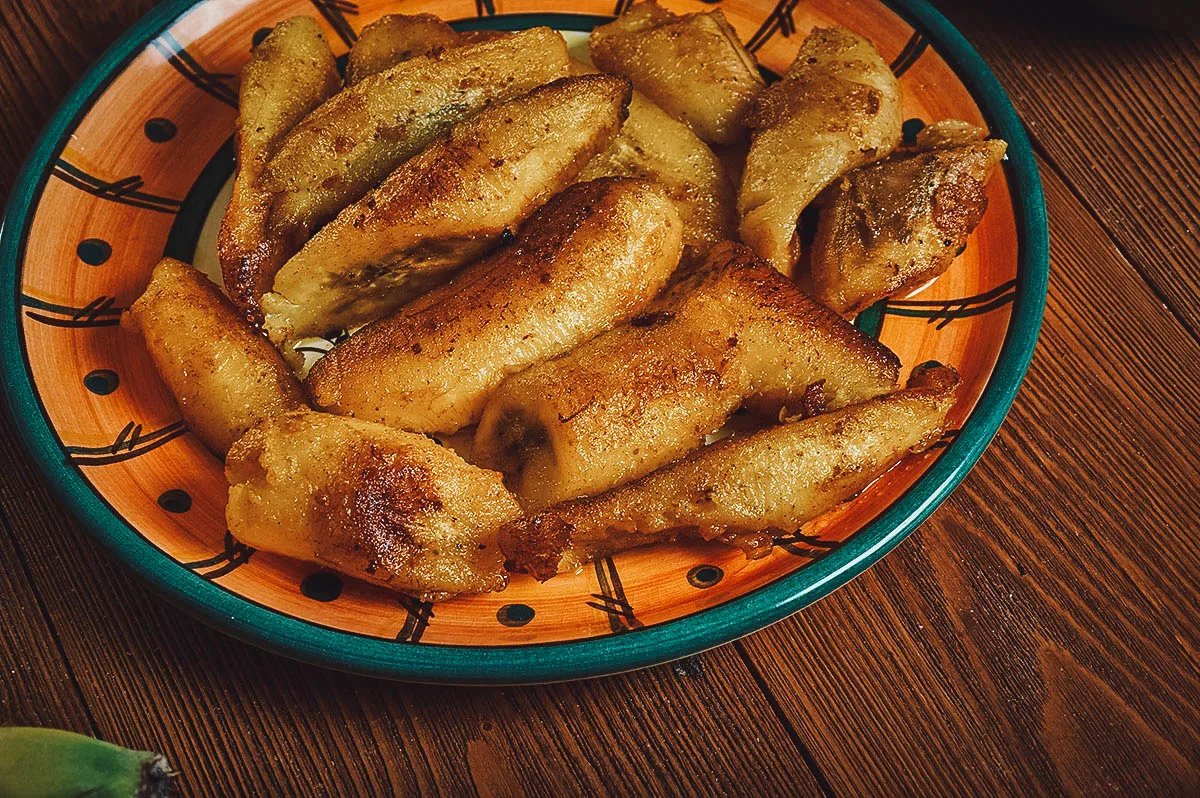Introduction: The Search for Tanzanian Cuisine
Tanzanian cuisine is a rich blend of African, Indian, and Arab influences that creates a unique and delicious culinary experience. This East African country is known for its flavorful stews, grilled meats, and exotic spices. Unfortunately, finding a good Tanzanian restaurant can be a challenge. Luckily, we’ve done the research for you and have found some of the best Tanzanian restaurants in [specific location].
The Top Tanzanian Restaurants in [Specific Location]
When it comes to Tanzanian cuisine, [specific location] has a few hidden gems that are worth checking out. One standout restaurant is [name of restaurant], which serves up authentic Tanzanian dishes in a cozy and welcoming atmosphere. Another great option is [name of restaurant], which offers a more upscale dining experience with a focus on grilled meats and seafood.
The Menu: Must-Try Tanzanian Dishes
No Tanzanian meal is complete without a hearty serving of ugali, which is a cornmeal-based dish that is similar to polenta. Other must-try dishes include nyama choma (grilled meat), mchicha (spinach stew), and pilau (spiced rice with meat or vegetables). For those with a sweet tooth, don’t miss out on kashata (coconut candy) or chapati za mayai (egg-filled pancakes).
Ambience and Atmosphere: What to Expect
Tanzanian restaurants in [specific location] vary in atmosphere from casual and laid-back to more sophisticated and upscale. Most restaurants feature colorful decor and traditional African music playing in the background. Some restaurants even have outdoor seating areas that offer beautiful views of the city and a chance to enjoy the warm weather.
Service and Price: Is it Worth it?
The service at Tanzanian restaurants in [specific location] is generally friendly and attentive. Prices can vary depending on the restaurant and the dishes ordered, but most offer affordable options that won’t break the bank. Whether you’re in the mood for a quick lunch or a leisurely dinner, you’re sure to find a Tanzanian restaurant that fits your budget.
Conclusion: Where to Satisfy Your Tanzanian Food Cravings
If you’re looking for a taste of Tanzania in [specific location], there are a variety of restaurants to choose from. Whether you’re in the mood for spicy stews or grilled meats, you’re sure to find a dish that satisfies your cravings. So, why not step out of your comfort zone and try something new? Your taste buds will thank you!

![Can you recommend a good Tanzanian restaurant in [specific location]?](https://foodnerdy.com/blog/wp-content/uploads/2023/05/9-42.jpg)








